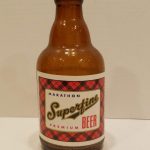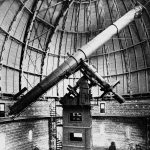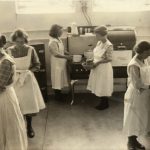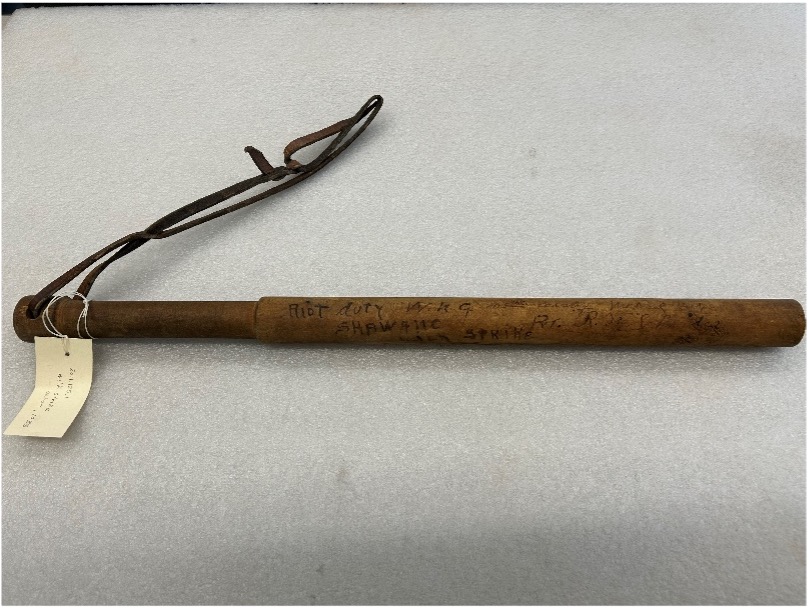
In mid-May 1933, battles, clashes, and strikes erupted throughout Wisconsin. The catalyst? Milk. On the orders of Governor Albert G. Schmedeman and Adjunct General Ralph M. Immell, an army of 600 National Guardsmen, 800 special deputies, and local law enforcement marched into Shawano, Wisconsin. Armed with nightsticks, with support from tear gas and machine guns, Schmedeman tasked the group with defending the county’s dairy production plants and shipments of milk from striking farmers.
Angry and desperate due to the decreasing price that they received for dairy products during the Great Depression, many of Wisconsin’s farmers chose to participate in a series of three strikes in 1933. During the strikes, farmers attempted to create a shortage of dairy products through walkouts, withholding, and directly disrupting production and shipping. As Shawano County’s farmers received notably less for their dairy products than the state average due to their rural location and difficulties competing with industrial manufacturers, the town of Shawano became a battleground for unrest and agitation.
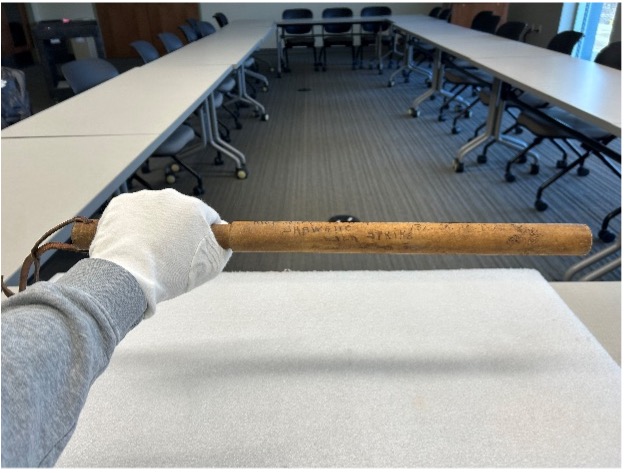
As state officials activated the Wisconsin National Guard to suppress the strikes, Captain Harry H. Heiden deployed to Shawano on May 15, 1933 as part of the 105th Calvary Regiment Medical Corps. A native of Sheboygan, Heiden graduated from Marquette University with a medical degree in 1917, finding work as a physician. On top of his medical duties, Heiden enlisted in the Wisconsin National Guard as a First Lieutenant in 1918, serving in the Medical Corps. Heiden served in the Guard continuously until 1940, when he transferred to a U.S. Army Medical Detachment as a Major.
Each Guardsman and Deputy possessed a wooden nightstick during the Milk Strikes of May 1933. The use of batons by law enforcement had originated in the 19th century and became a common weapon by the early 20th century. While nightsticks are less lethal than firearms, their use during the Milk Strikes resulted in dozens of injuries. Bystanders commented that the Guardsmen and deputies exercised extreme force, using their nightsticks to aggressively attack strikers.
Captain Heiden’s nightstick is 20 inches long and is made of sturdy wood. The nightstick’s lack of varnish, uneven craftsmanship, and handmade appearance indicates that it was likely manufactured with the express purpose to be used in the May strikes. While standard issue police nightsticks at the time were typically made out of wood, they usually included a varnish or protective finish that would ensure the wood would not be ruined if it got wet. This nightstick appears to be hastily made and does not have a finish, implying that it was not standard issue. As a high-ranking officer, a cavalryman, and a doctor, it is highly unlikely that Heiden used his nightstick during the clashes in Shawano.
The nightstick is labeled “Riot Duty, W.N.G., Shawano Milk Strike, May 16th – 20th, 1933,” The side of the nightstick contains signatures written in ink, displaying the names of Captain Heiden, Technical Sergeant Harold J. Derlein, and Privates Peter H. Derlein and Roland J. Schneider. All of these men served in the Medical Department Detachment of the 105th and were natives of Sheboygan. Evidently, these men knew the significance of the historical event that they participated in and wished to document their service. Heiden’s nightstick serves as a visual representation of the state’s response to the militant strikes in Shawano, protecting Wisconsin’s dairy plants and commodities with force. Yet it also indirectly depicts the truly desperate measures that Shawano farmers took in order to improve their standard of living.
Written by Nick Censoprano, June 2023.
SOURCES
Hoglund, A. William. “Wisconsin Dairy Farmers on Strike.” Agricultural History 35, No. 1 (1961): 24–34. http://www.jstor.org/stable/3740991.
“Clinic Staff Honors Dr. Heiden.” The Sheboygan Press. 20 November 1969. p. 22.
“Medical Detachment Goes To Camp For Instruction.” The Sheboygan Press. 17 June 1933. p. 2.


